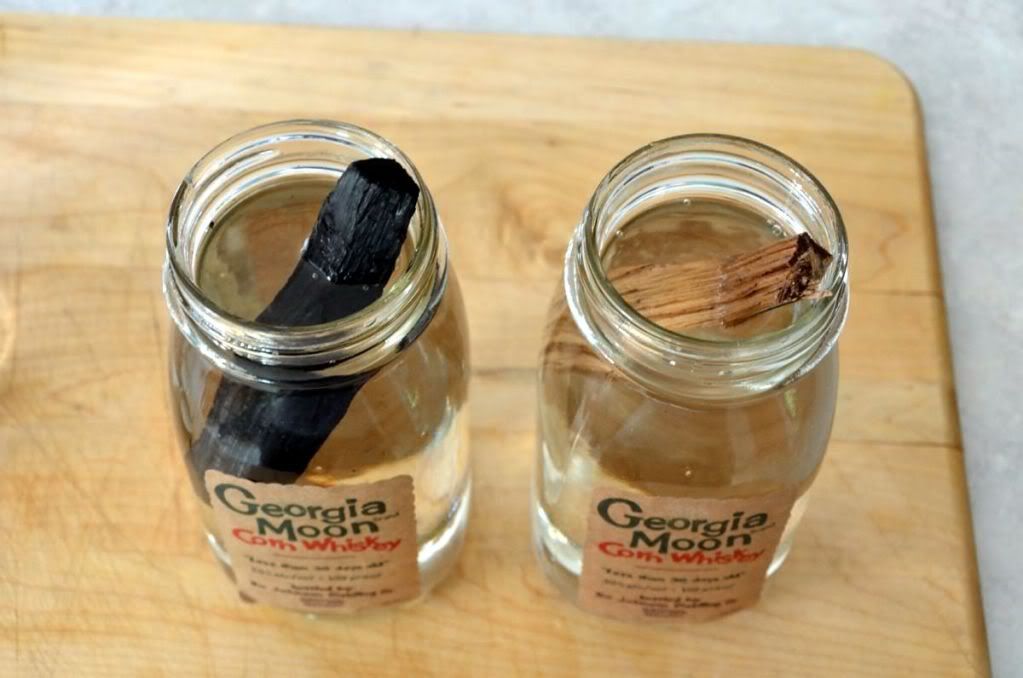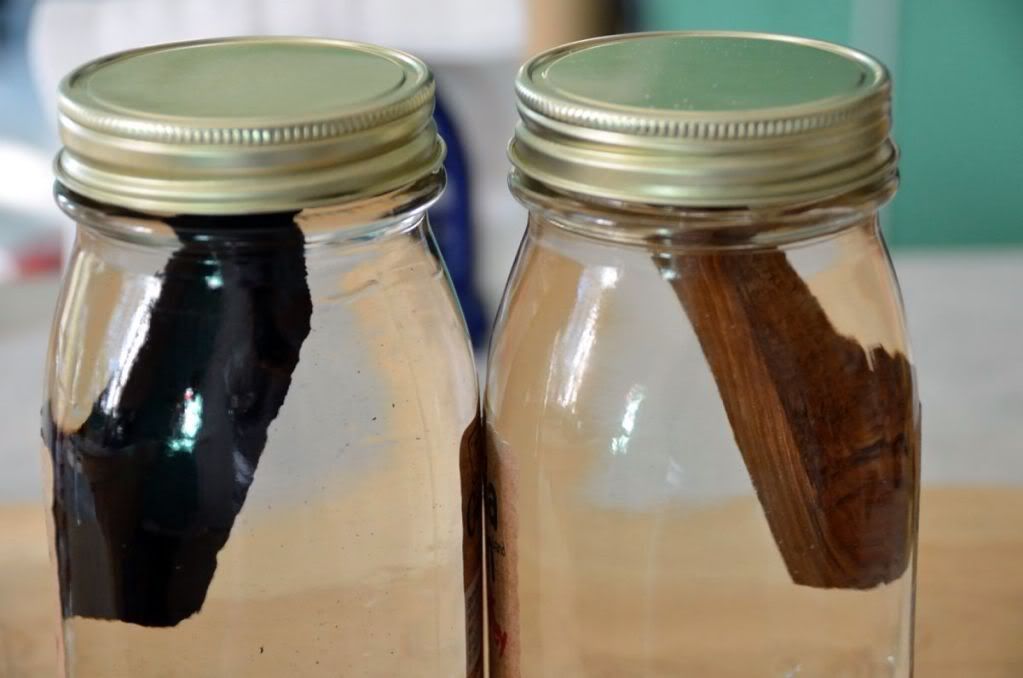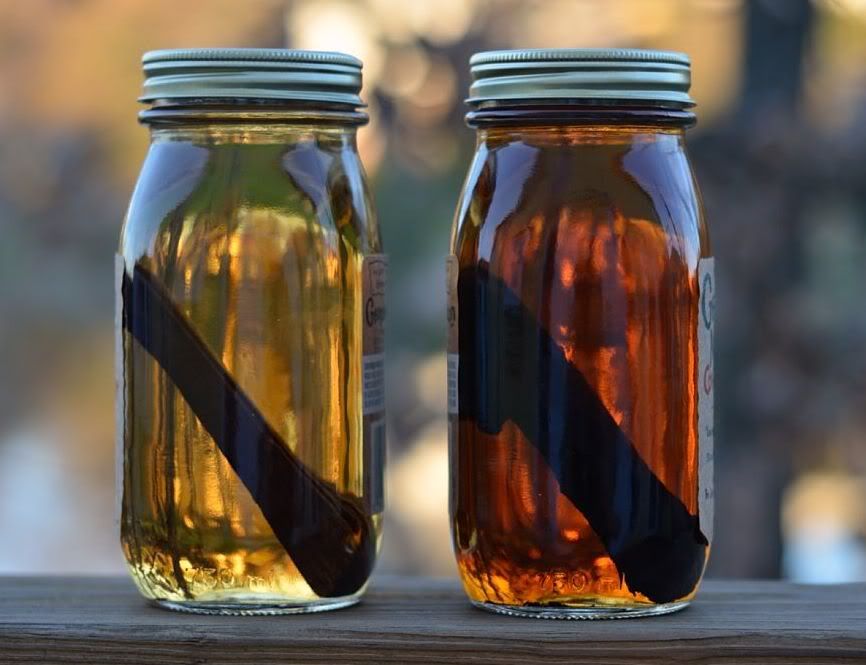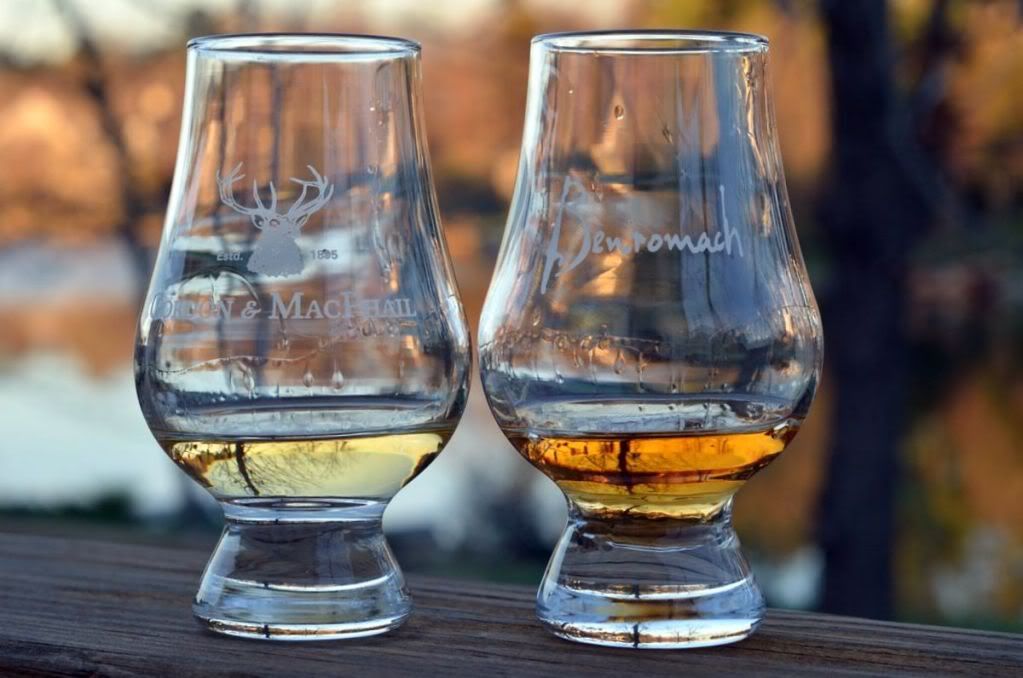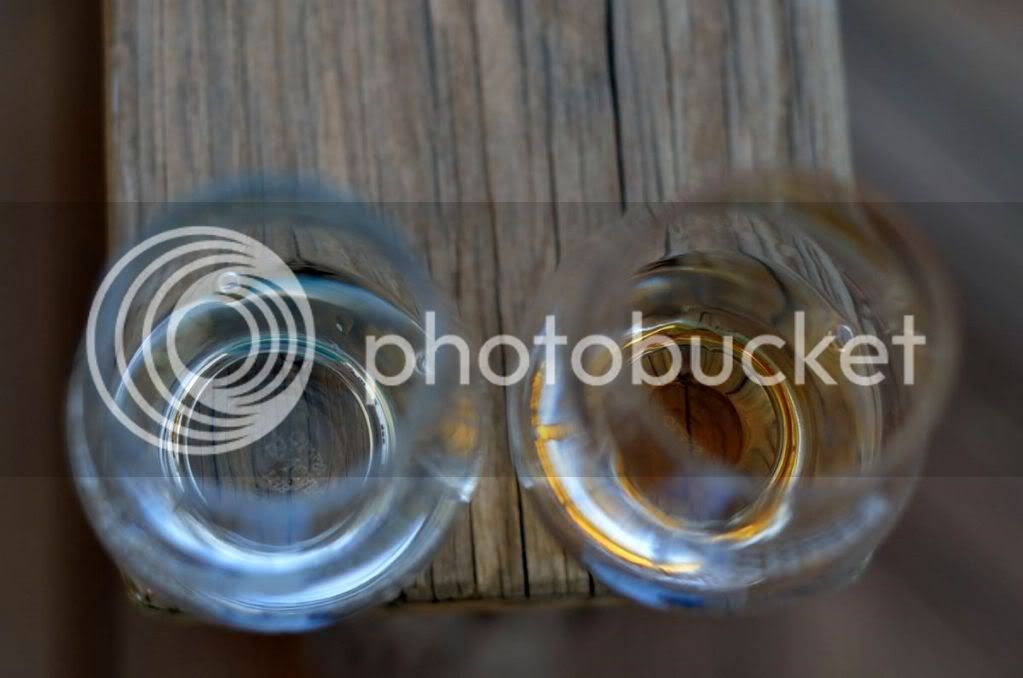KingBrianI
Well-Known Member
I started documenting this process in the 12-12-12 recipe formulation thread but it was suggested that I condense the info into one thread so it is more accessible to anyone interested.
Oaking beer is something we will all probably try at one time or another. Some of us will probably do it repeatedly. And sure, you can buy the little cubes from the homebrew store, or the shavings if you don't know better. Or even a barrel if you're gangster. But here's something else you might want to try. It's more fun, allows for better control, and let's you play a bigger role in the whole oaking process.
More in depth information can be found on the web of cooking times, toast levels, resultant flavors, etc. (usually on websites devoted to a hobby we aren't allowed to discuss on this site) for those who want more info. The following is simply a quick documentation of one of my runs through the process.
For the oak I toasted below, I decided to age them in some corn whiskey before adding to a beer in order to mellow them out a little. The first time you use a piece of oak it will give a lot of flavor to whatever it is stored in. The second time it will be less, and so on.
First, go find a nice, well-seasoned chunk of White Oak. Make sure it is White Oak, don't try this with Red Oak or Willow Oak or any other Oak. White Oak is what you want. And don't ignore the "well-seasoned" part either. Use oak that has seasoned for at least 2 years. And the more weathering it has received, the better. Don't worry if it was the top piece on the woodpile. All that rain has washed out some of the harsher tannins and created a nice starting point for you. Just shave off the gray layer.
Now, split off a piece from the chunk of well-seasoned white oak.
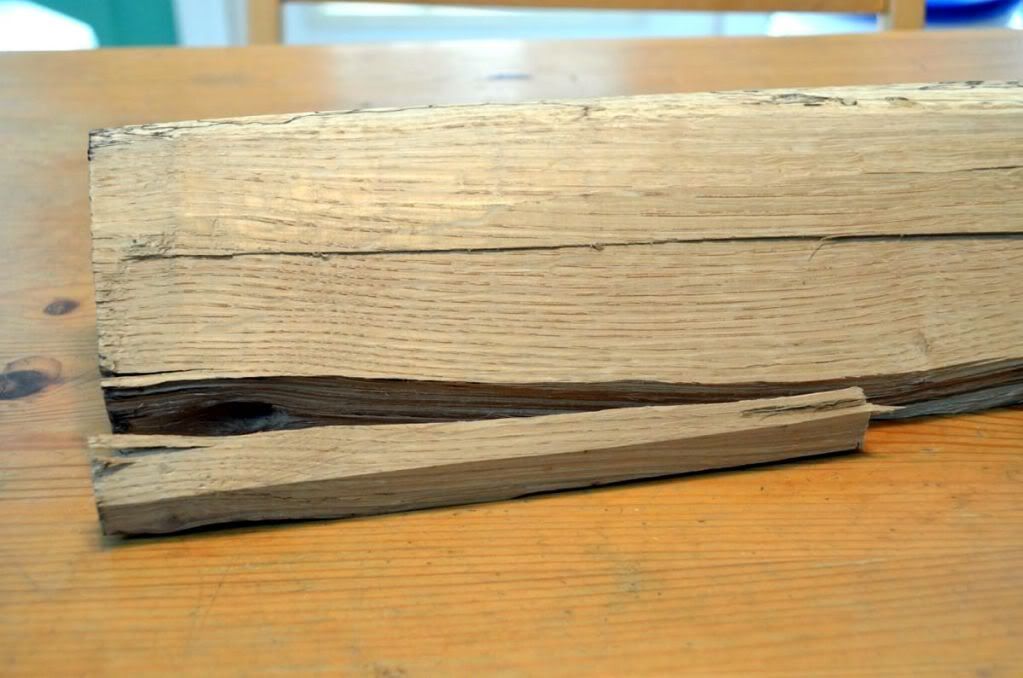
Cut the split off piece into two jar-sized pieces.
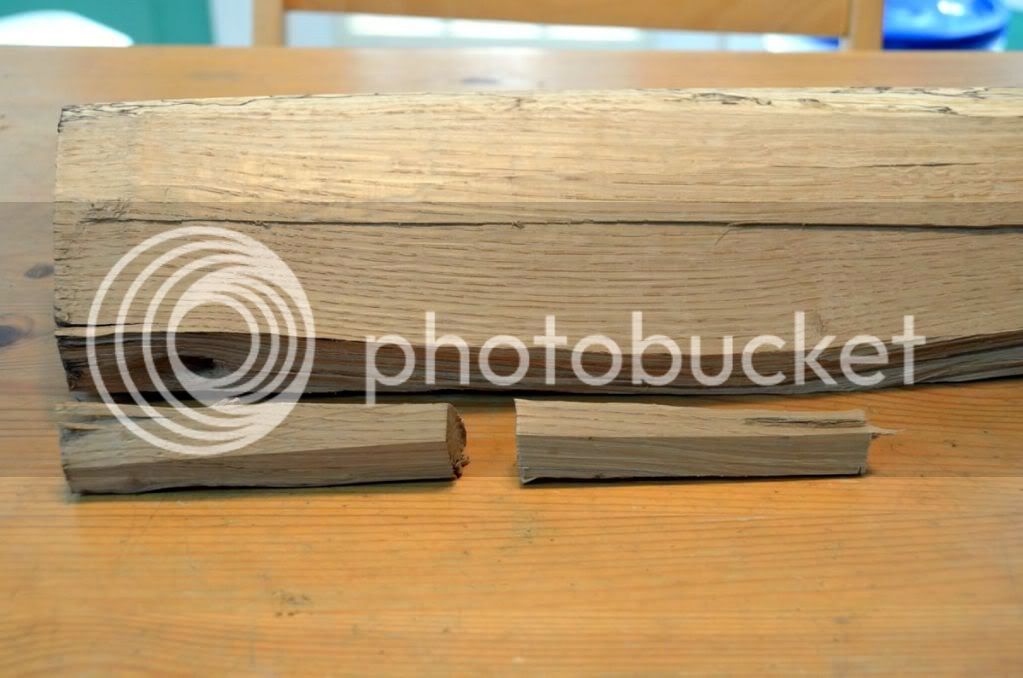
Put the pieces into aluminum foil and wrap them up.
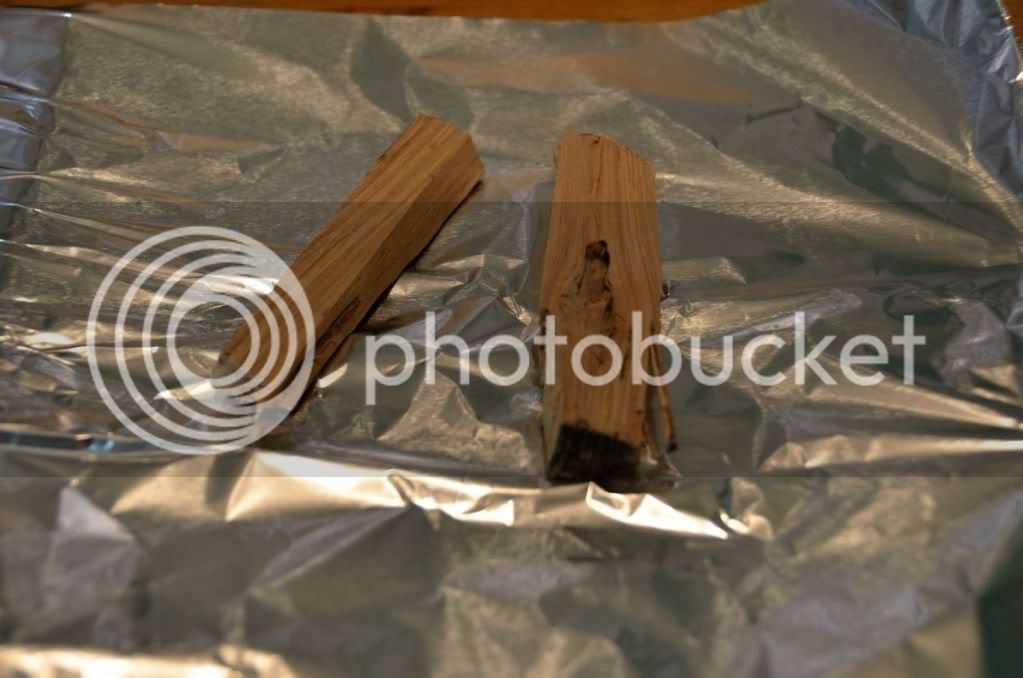
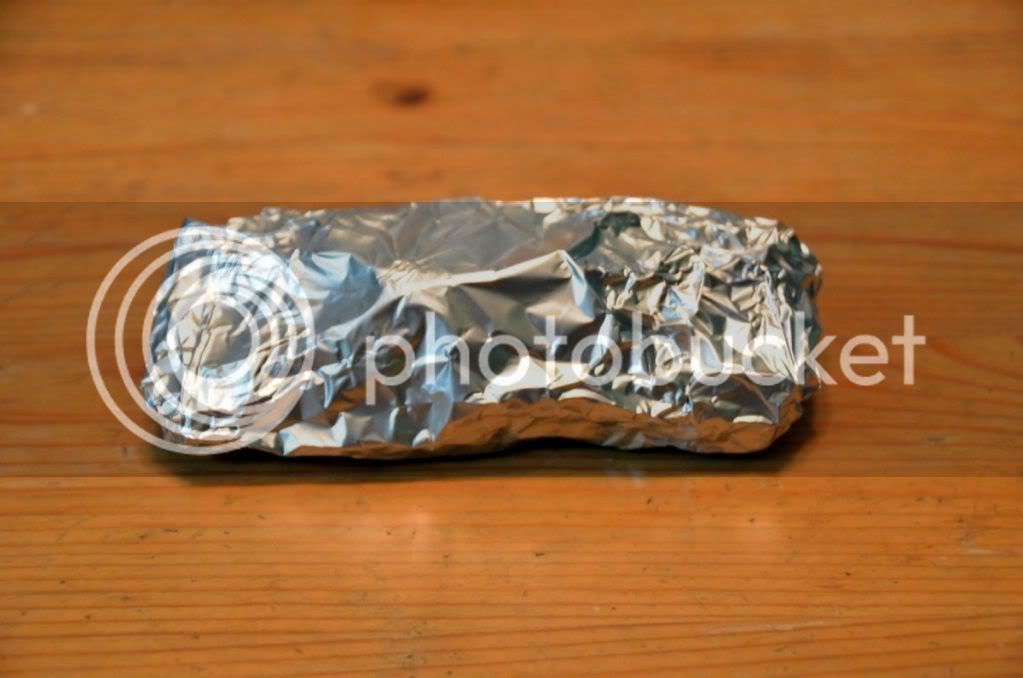
Toast in the oven for 1.5 hrs at 400F then 0.5 hr at 450 F. This is what you get. (By the way, it smells amazing at this point)
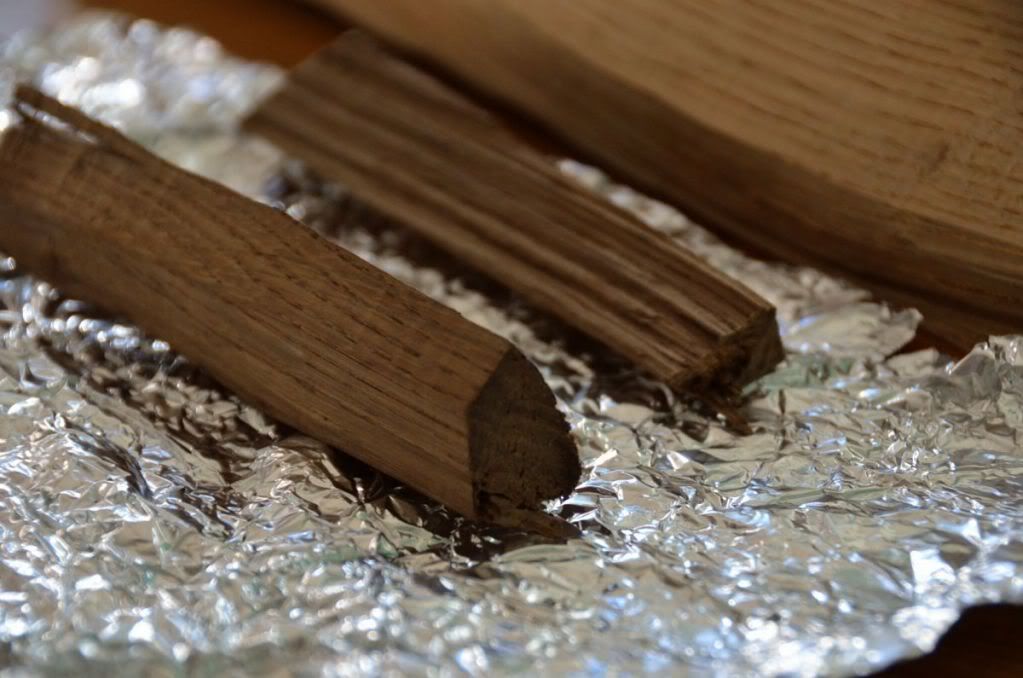
I decided to test two different things. One jar will get the toasted oak as is, the other will get charred oak.
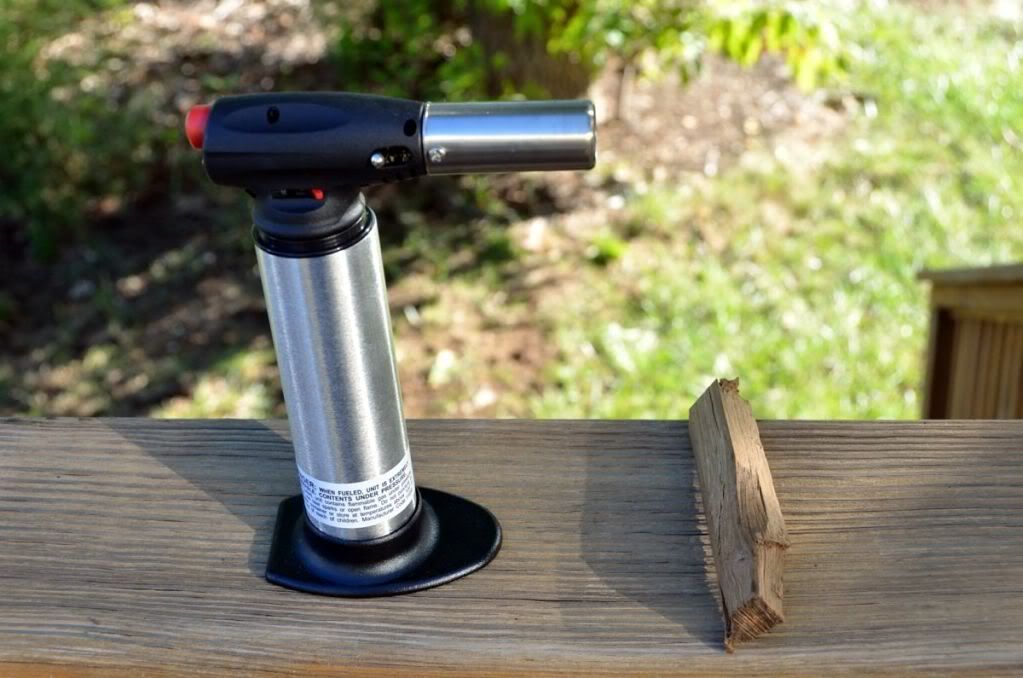
So I used a torch to char the outside of one of the pieces of oak. Immediately after charring, drop into a glass of water. This not only puts out the fire, but causes the charcoal on the outside to "puff" slightly and develop micro-fissures. The charcoal on the oak like this helps filter impurities from whatever you put it in and "cleans" it up.
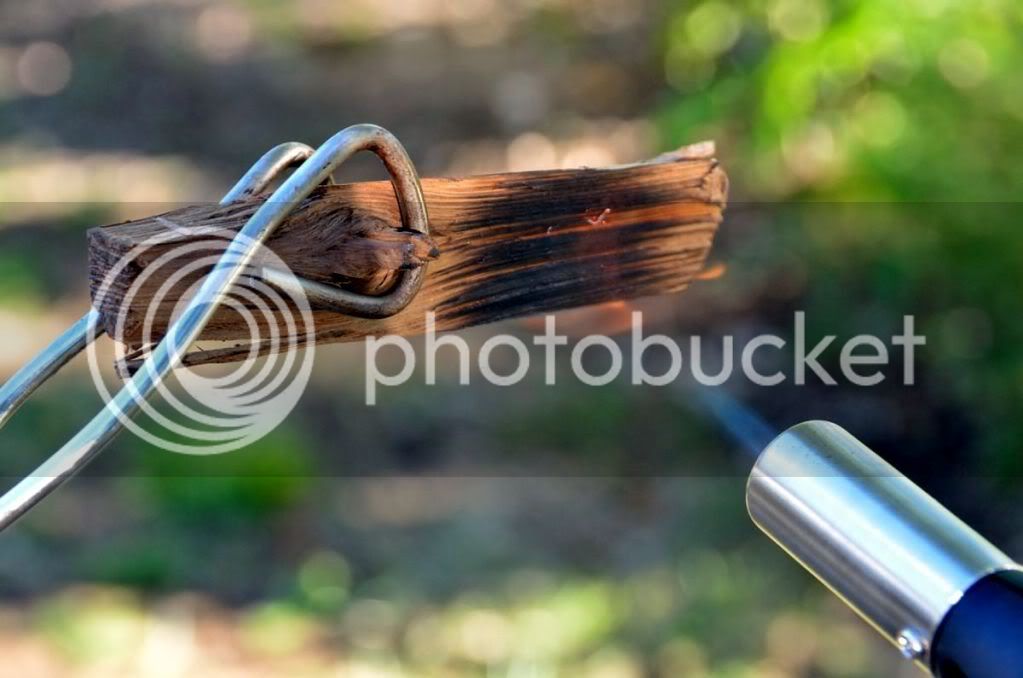
Here's what you end up with.
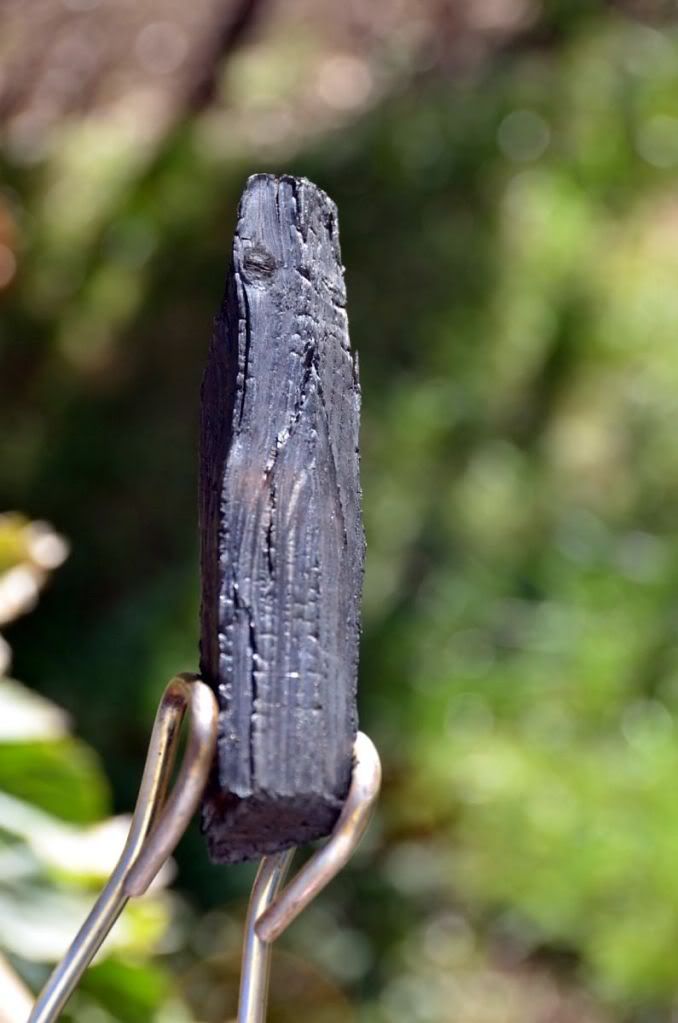
Comparison of the raw oak, to the toasted, to the charred.
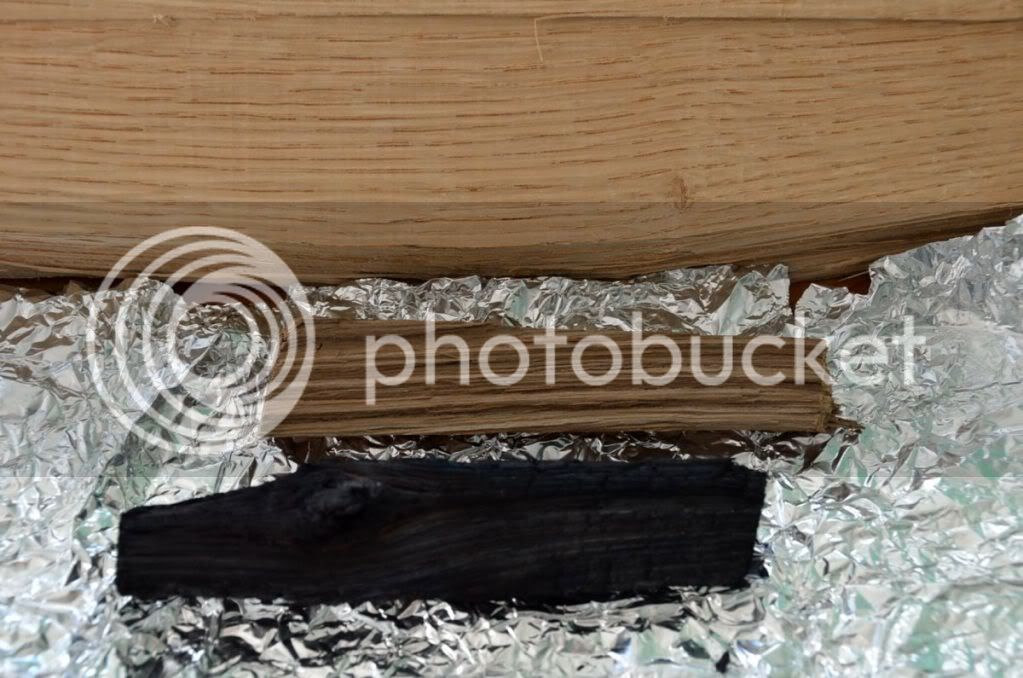
Oaking beer is something we will all probably try at one time or another. Some of us will probably do it repeatedly. And sure, you can buy the little cubes from the homebrew store, or the shavings if you don't know better. Or even a barrel if you're gangster. But here's something else you might want to try. It's more fun, allows for better control, and let's you play a bigger role in the whole oaking process.
More in depth information can be found on the web of cooking times, toast levels, resultant flavors, etc. (usually on websites devoted to a hobby we aren't allowed to discuss on this site) for those who want more info. The following is simply a quick documentation of one of my runs through the process.
For the oak I toasted below, I decided to age them in some corn whiskey before adding to a beer in order to mellow them out a little. The first time you use a piece of oak it will give a lot of flavor to whatever it is stored in. The second time it will be less, and so on.
First, go find a nice, well-seasoned chunk of White Oak. Make sure it is White Oak, don't try this with Red Oak or Willow Oak or any other Oak. White Oak is what you want. And don't ignore the "well-seasoned" part either. Use oak that has seasoned for at least 2 years. And the more weathering it has received, the better. Don't worry if it was the top piece on the woodpile. All that rain has washed out some of the harsher tannins and created a nice starting point for you. Just shave off the gray layer.
Now, split off a piece from the chunk of well-seasoned white oak.

Cut the split off piece into two jar-sized pieces.

Put the pieces into aluminum foil and wrap them up.


Toast in the oven for 1.5 hrs at 400F then 0.5 hr at 450 F. This is what you get. (By the way, it smells amazing at this point)

I decided to test two different things. One jar will get the toasted oak as is, the other will get charred oak.

So I used a torch to char the outside of one of the pieces of oak. Immediately after charring, drop into a glass of water. This not only puts out the fire, but causes the charcoal on the outside to "puff" slightly and develop micro-fissures. The charcoal on the oak like this helps filter impurities from whatever you put it in and "cleans" it up.

Here's what you end up with.

Comparison of the raw oak, to the toasted, to the charred.



